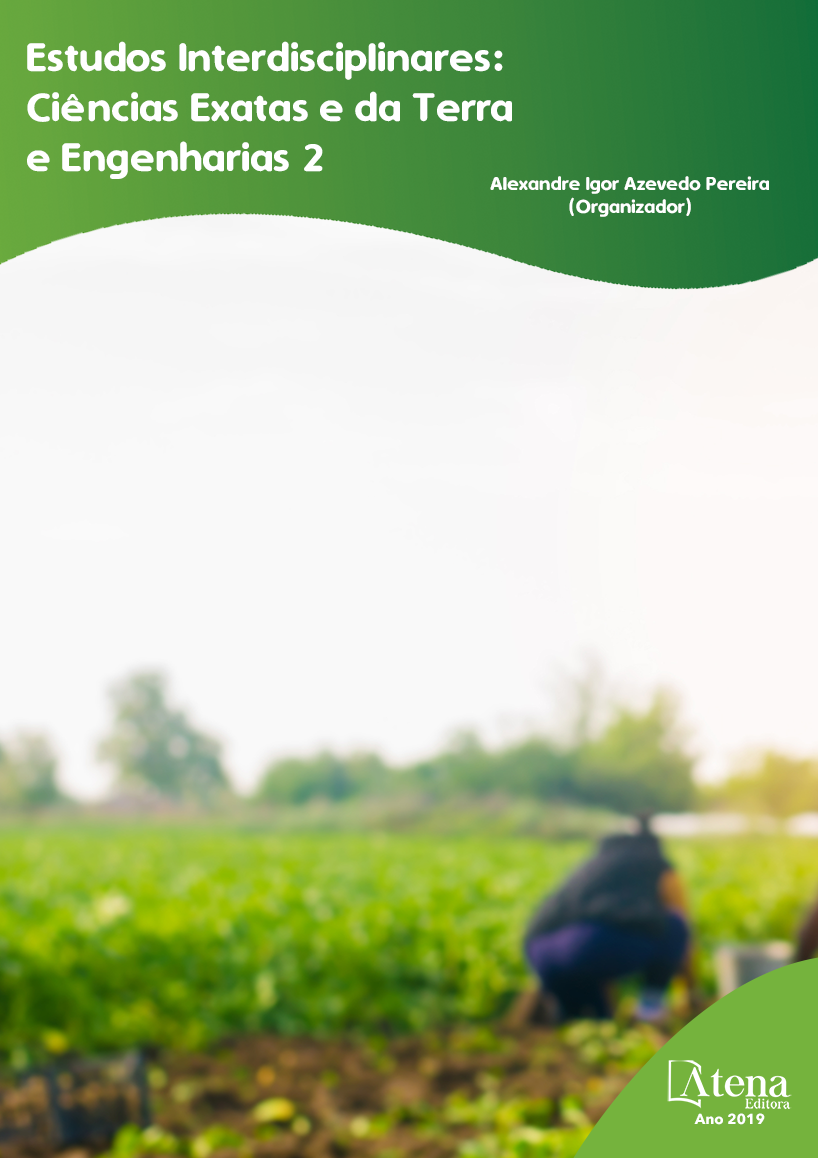
INVESTIGAÇÃO DO DIÓXIDO DE TITÂNIO ESTABILIZADO COM ZIRCÔNIO E SILÍCIO COMO MATRIZ PARA NOVOS DOPANTES
O dióxido de titânio TiO2 é um material
cerâmico transparente, atóxico, resistente à
lixiviação em uma ampla faixa de pH e com
propriedade semicondutora adequada para
torná-lo um dos melhores fotocatalisadores
para purificação de água contaminada com
micropoluentes orgânicos. No entanto, a
eficiência fotocatalítica deste material depende
da predominância da fase anatase livre de
defeitos estruturais, o que potencializa a
transferência de cargas para o meio reacional.
A inserção de dopantes heterovalentes ou
o processo de cristalização por tratamento
térmico, cujas abordagens objetivam melhorar
a eficiência fotocatalítica do dióxido de titânio,
provoca a transição de fase irreversível anataserutilo,
afetando o material consideravelmente.
O principal problema a ser resolvido neste caso
é conseguir eliminar os defeitos estruturais sem
a ocorrência da transição de fases e também
possibilitar a dopagem do material com uma série
de cátions metálicos absorvedores de radiação
luminosa. Neste capítulo é demonstrado como
a cristalização deste material foi possível
até 800 ºC, sem a ocorrência de fase rutilo,
mediante a estabilização da fase anatase com
10 mol% de Zr-Si. Também pode se constatar
que dopantes críticos para a formação de fases
secundárias, como o bismuto e o vanádio,
podem ser inseridos na matriz estabilizada sem
a ocorrência de fases secundárias até altas
temperaturas.
INVESTIGAÇÃO DO DIÓXIDO DE TITÂNIO ESTABILIZADO COM ZIRCÔNIO E SILÍCIO COMO MATRIZ PARA NOVOS DOPANTES
-
DOI: 10.22533/at.ed.87719030914
-
Palavras-chave: Semicondutor, fase anatase, modificador estruturais.
-
Keywords: Semiconductor, anatase phase, structural modifiers.
-
Abstract:
TiO2 titanium dioxide is a transparent, non-toxic, leach resistant material
in a wide pH range and with adequate semiconductor properties to make it one of
the best photocatalyst for purifying water contaminated with organic micropollutants.
However, the photocatalytic efficiency of this material depends on the predominance of
the anatase phase free of structural defects, which potentiates the transfer of charges
to the reaction medium. The insertion of heterovalent dopants or the crystallization
process by heat treatment, whose approaches aim to improve the photocatalytic
efficiency of titanium dioxide, causes irreversible anatase-rutile phase transition,
affecting the material considerably. The main problem to be solved in this case is to be
able to eliminate the structural defects without the occurrence of phase transitions and
also to enable the material doping with a series of metallic cations with light radiation
absorption properties. In this chapter it is demonstrated how the crystallization of this
material was possible up to 800 ºC, without the occurrence of rutile phase, by stabilizing
the anatase phase with 10% mol of Zr-Si. It can also be seen that critical dopants for the
formation of secondary phases, such as bismuth and vanadium, can be inserted into
the stabilized matrix without the occurrence of secondary phases at high temperatures.
-
Número de páginas: 15
- Rafael Aparecido Ciola Amoresi
- Maria Aparecida Zaghete Bertochi
- Silvanice Aparecida Lopes dos Santos
- Lincoln Carlos Silva de Oliveira
- Alberto Adriano Cavalheiro
- Natali Amarante da Cruz


